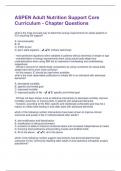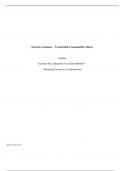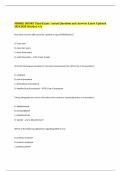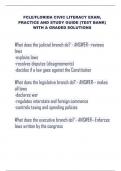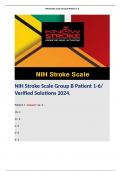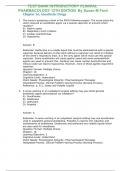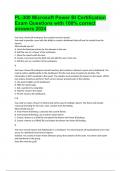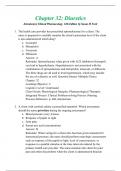Exam (elaborations)
ASPEN Adult Nutrition Support Core Curriculum - Chapter Questions And Answers Latest Updates
- Course
- Institution
what is the most accurate way to determine energy requirements for obese patients in ICU requiring EN support? A. harris-benedict B. IC C. mifflin-st jeor D. penn state equation - ️️B. Indirect calorimetry - most predictive equations were validated in patients without extremes of weight o...
[Show more]
